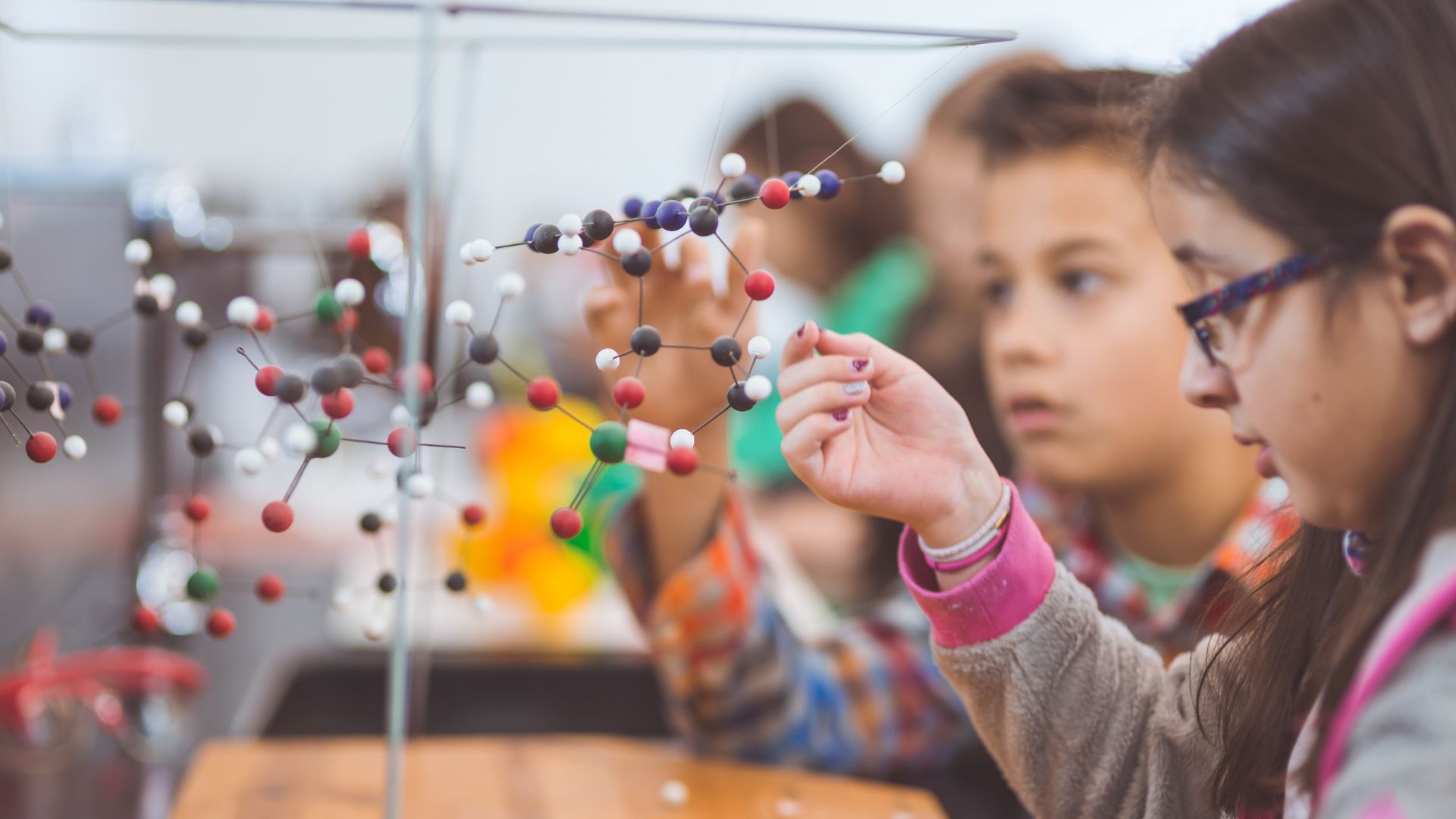In the rapidly evolving world of the 21st century, the importance of a robust education in science and technology can’t be overstated. Schools focusing on these domains are emerging as the front-runners in preparing students for future success. These institutions are not only shaping young minds but are also paving the way for breakthroughs in numerous fields.
Science And Technology School
Science and technology schools, acting as powerhouses of innovation, confer students with a prolific academic setting. By zeroing in on these exclusive domains, the schools create a dynamic setting. Their curricula, packed with STEM-centric subjects, unveil pathways for students to explore groundbreaking concepts. These establishments incorporate laboratories equipped with state-of-art technology, allowing practical experimentation.
For instance, robotics and computer programming form integral parts of these specialized institutions’ learning modules. They house team-based projects, promoting a similar stimulating atmosphere as to professional tech settings. This, in turn, facilitates students in developing a hands-on approach, thereby gaining real-world experience within the safe confines of their classrooms.
The Core Curriculum of a Science and Technology School
At the heart of a science and technology school lies a curriculum that is meticulously designed for comprehensive mastery of modern technology and science. Science, Technology, Engineering, and Math (STEM) disciplines form the core of the curriculum. Students gain in-depth knowledge in subjects such as computer programming, physics, biology, and mathematics. Additionally, specialized subjects including Robotics and Artificial Intelligence (AI) feature prominently, granting students a critical edge in these advanced realms.
A key aspect of the curriculum’s design encompasses practical application. Students actively engage in hands-on projects, simulating real tech industry contexts. These practical projects, often team-based, enhance their problem-solving and teamwork skills. Subjects are thus learned in context, reinforcing the depth of understanding and skill acquisition.
Additionally, cutting-edge labs equipped with state-of-the-art tools and equipment provide the necessary platform for advanced experimentation and practical learning. Ground-breaking research and innovation are encouraged, fostering creativity among students. Ultimately, the core curriculum of a science and technology school ensures a robust foundation in STEM disciplines, equipping students for future triumphs in this technology-dependent era.
Extracurricular Opportunities Available
Extracurricular activities supplement the academic curriculum at science and technology schools, thereby honing a wide range of skills. Inside these schools, students can engage in coding clubs, where they apply their programming knowledge in a social setting. They can also explore scientific phenomena in extra laboratory sessions, transforming theories into hands-on experience. Notably, robotics teams are popular amongst students, providing a practical application for those with interests in artificial intelligence and engineering. Furthermore, participation in mathlete competitions allows students to test and expand their mathematical prowess. These activities not only enhance students’ STEM skills but also cultivate teamwork, leadership, problem-solving, and communication capabilities amongst them. Thus, these extracurricular opportunities foster comprehensive development in science and technology school students.
Faculty and Facilities in Science and Technology Schools
Science and Technology Schools bolster students’ learning experiences with their robust faculty and state-of-the-art facilities. The faculty consists of highly qualified educators, many of whom hold PhDs in STEM fields. Their expertise extends beyond academic knowledge, often encompassing industry experience in leading tech companies. Furthermore, these educators maintain a strong commitment to fostering students’ curiosity, creativity, and problem-solving skills.
As for facilities, these schools possess fully-equipped laboratories, spacious computer rooms, and dedicated spaces for robotics and AI studies. Students get access to sophisticated software, hardware, and scientific equipment that mirror those found in tech companies. In addition to standard classrooms, modern science labs facilitate hands-on learning experiences. Computer rooms, replete with high-performance PCs and state-of-the-art software programs, offer a conducive environment for research and coursework on coding, programming, AI, and robotics. Lastly, advanced facilities for extracurricular activities, such as fully-equipped workshops for robotics teams and ample space for coding clubs, supplement academics by encouraging collaborative learning, experimentation, and innovation.
